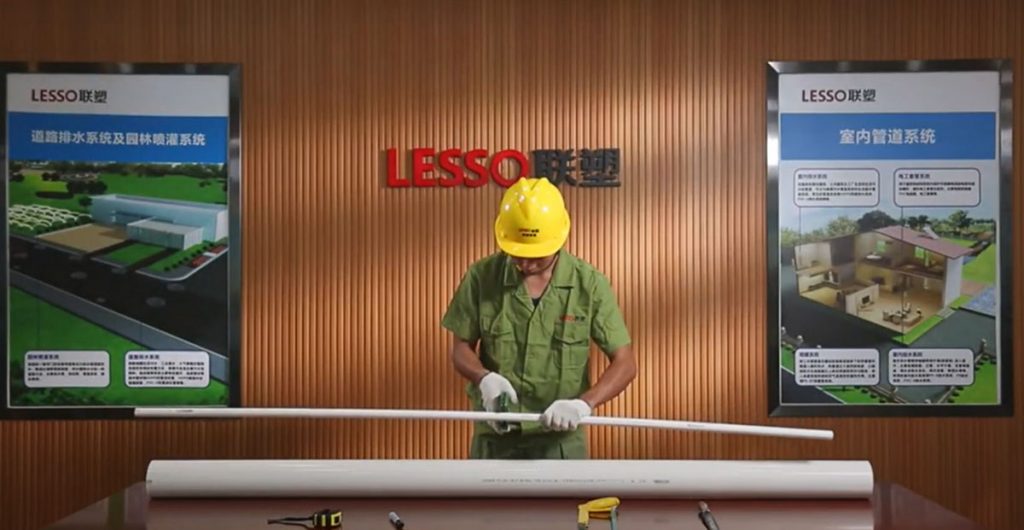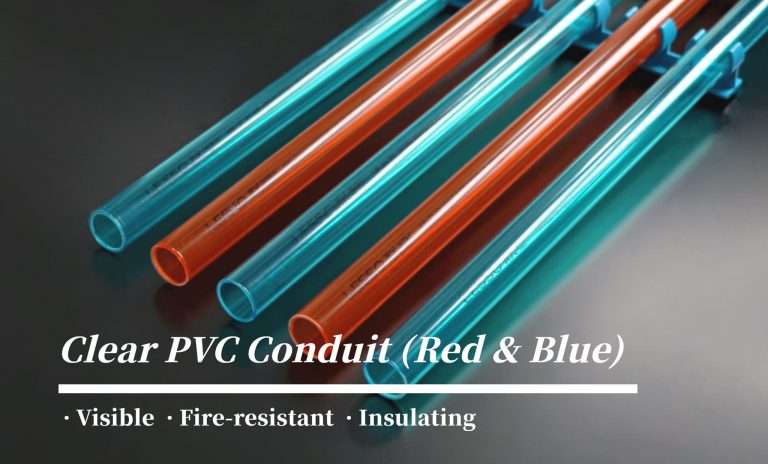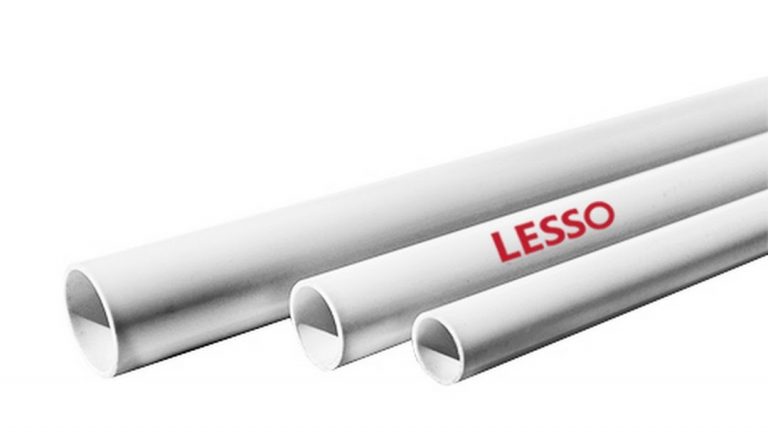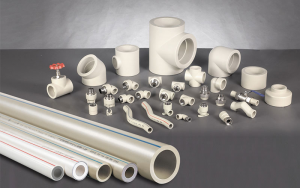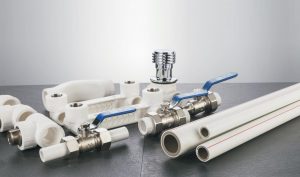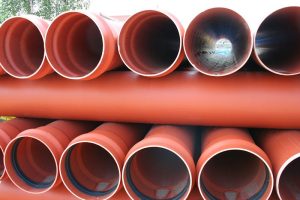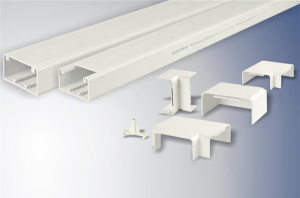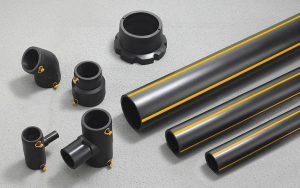Table of Contents
We primarily use PVC pipes for our water transportation system because they are safe for consumption and other domestic purposes. Remember how metal pipes could rust over time? PVC does not pollute water with bacteria caused by biofilms or heavy metal additives. As a result, if you have decided to install PVC in your home, you are on the right track.
Depending on where you intend to install the pipes. PVC pipes come in a variety of sizes. The dimensions range from 20 mm to 830 mm. Many industrial materials necessitate the purchase of heavy-duty items that can withstand a significant amount of workload. Similarly, you can get pipes that can withstand a great deal of pressure. Despite being made of plastic, they have pressure ratings of 0.83 MPa, 0.81 MPa, 1.0 MPa, 1.25 MPa, 1.6 MPa, 2.0 MPa, and 2.5 MPa.
What Are Some Major Uses?
We all know the primary purpose of PVC pipes is for plumbing. Every state or country is shifting to it because it is resistant to mold and damage. We are going to see what other people use the PVC pipes for.
Gardening
There are many ways to use the pipes in the garden. First is irrigation, which involves supplying water to the plants. Farmers also use large PVC pipes to grow plants inside them, like spinach and mint. You can also use it to support plants like tomatoes with weak sterns.
Animal Feeders
Farmers nowadays use pipes to feed their animals. It is possible to create an automatic feeder using large pipes and an elbow at the end.
DIY Projects at Home
There are many trending tips and instructions on how to organize your space in a minimalist way. People also use large PVC pipes to make shelves and organize shelves. You can create a frame or stand using large pipes and then use bins to store whatever you want including dirty clothes.
Furniture
When I said you could use PVC for anything. I meant everything, including building furniture. You can use them with other materials to make furniture like chairs and tables.
Electrical Wiring
Contractors who do wiring in houses also use the pipes in wiring. The electrical cables are passed through the PVCs in the walls or outside. We use them for wiring because they are water-resistant. neat and difficult to damage.
Which Tool Can You Use for Cutting?
As seen, the PVC is tough and rigid. However. There are some machines or tools that can make the process simpler for you. Below are some of the tools which are commonly used for cutting plastic pipes:
A PVC cutter
Manufacturers make these machines specifically for cutting PVC, so it is the easiest tool to use. The pipe cutter can easily cut into the pipe when you squeeze the handle several times. Apart from that it would be best if you remembered to mark where you plan to cut before using this tool.
A Miter Saw
The miter saw has many uses. and that is why if you walk into anyone’s garage or toolbox, you will always find it It is possible to use the miter saw to cut PVC. The miter is not as easy to use as the PVC cutter, but it gets the job done. You can choose a mini miter or an entire miter. The complete miter will cut your straight line. On the other hand, you will need to clump your pipe to cut it with a mini miter.
A Handsaw
People also use hand saws to cut pipes. You can purchase the saw if you don’t have any other tools and are on a budget. However. it would help if you used a lot of strength to cut the pipe. Make sure to clump and mark the pipe before cutting.
Materials
- PVC transitions and coupling PVC
- PVC pipe
- safety glasses and a mask
Generally, you can use a PVC cutter to cut pipes that are smaller than 40 mm. Otherwise, use a hand saw to cut pipes above 50 mm.
Steps to Follow When Cutting A PVC Pipe
Step 1: Anchor the Pipe
Place your PVC on a pipe holder or a clumping tool. You can use duct tape to hold the pipe firmly on the surface if you don’t have any of the two securing tools.
Step 2: Take measurements and make a mark
Use the measuring tape to know how much pipe you need – Mark with a marking tool or marker pen where you will cut the pipe.
Step 3: Cut the PVC
Use either the miter, handsaw, or PVC cutter to cut across the marked line steadily. Also, ensure that your cut is clean because a clean pipe will easily fit into other pipes or coupling tools.
Step 4: Deburr the Pipe
Smoothen the burrs using the debarring tool of your choice. Ensure you deburr inside the holes and the outside raw edges of the pipe.
How can you assemble the PVC pipe?
After deburring the end of the PVC, ensure that the ends of the two sections are correctly connected by dry fitting. That is the assembler PVC pipe or the PVC coupling. If they fit you can take a dabber and dip it in the primer. Apply the primer on the top of the pipe and inside the other fitting. Repeat the same process using cement instead of a primer. Lastly, join the two ends together and hold them in place for a few seconds. That will ensure that the pipe is sealed correctly.
Tips
You should not worry if this is your first time cutting and assembling the PVCs. I have a couple of tricks up my sleeve that will help you out Here are a couple of pointers that will help you cut and assemble like a pro:
- Always mark the intersections after you dry-fit the pipes. You can use a marker pen and number the ends.
- Use a rubber band to help you make a straight line on the pipe before cutting.
- It would help if you rolled the pipe when using a handsaw to cut the PVC.
Finally, PVC pipe comes in two varieties. The first is regular polyvinyl chloride, which is commonly used in water supply and drainage. They both have the same appearance. However, the other chlorinated polyvinyl chloride can carry both hot and cold water, making it more expensive.
Whatever pipe and the cutting method you use, connecting and cutting the PVC can be the simplest depending on the technique. Furthermore. we have a LESSO video-How to cut PVC-U water supply and drainage pipe that will make the entire process appear effortless.


